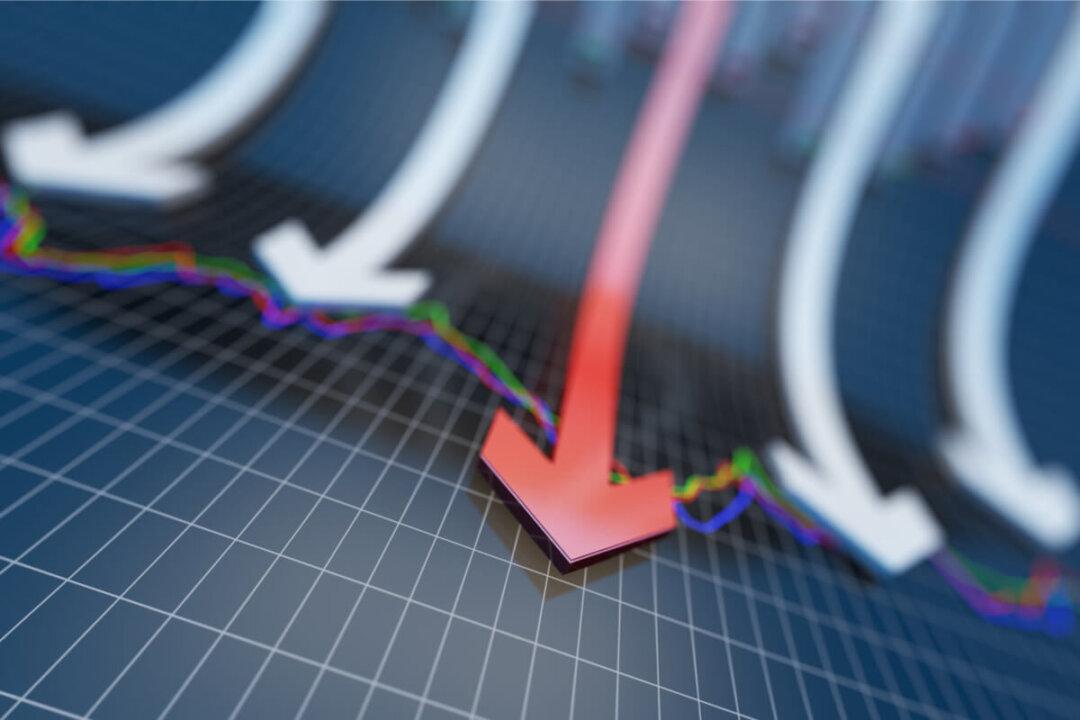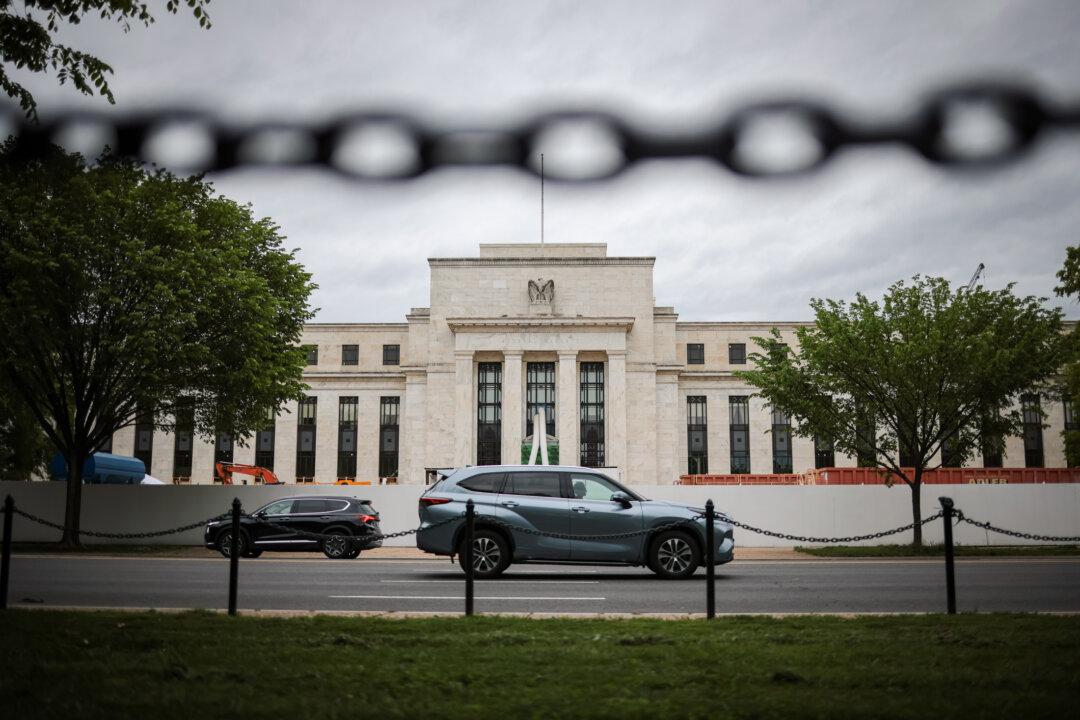Commentary
The recent loss of control of inflation and worry about potential stagflation ahead is to a very large extent repeating the history of the 1970s, a period that is worth serious study to learn the lesson. The appointment of Arthur Frank Burns as a new Fed chair to replace William McChesney Martin, a hawker to fight inflation, was revenge. It was Martin who maintained a tight policy in the early 1960s that made Richard Nixon fail in his first presidential election. As Nixon finally got the seat, he made it a high tone that the Fed would be “cooperative.”





